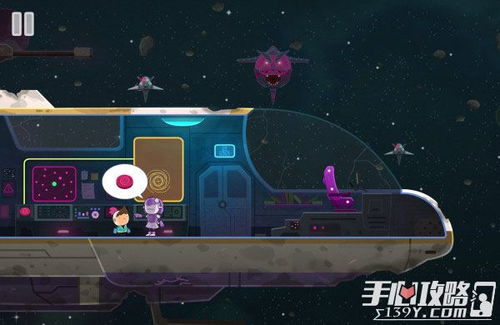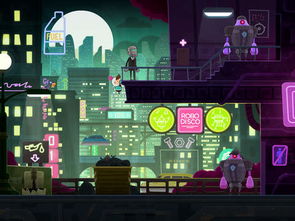
Love to Bits: A Comprehensive Guide to NFTs and the Digital Art World
Have you ever wondered what it’s like to own a piece of digital art? Enter the world of Non-Fungible Tokens (NFTs), where love for bits can turn into a tangible asset. In this article, we’ll dive deep into the NFT landscape, exploring its origins, the technology behind it, and the communities that thrive within this digital realm.
What are NFTs?

NFTs are unique digital assets that represent ownership of a piece of content, whether it’s an image, a video, or even a tweet. Unlike cryptocurrencies like Bitcoin, which are fungible and can be exchanged on a one-to-one basis, NFTs are one-of-a-kind. This uniqueness is what makes them so valuable in the digital art world.
At their core, NFTs are based on blockchain technology, a decentralized ledger that ensures the authenticity and ownership of digital assets. When you purchase an NFT, you’re essentially buying a certificate of ownership that is recorded on the blockchain.
The Evolution of Digital Art

The concept of digital art has been around for decades, but it wasn’t until the rise of blockchain technology that it gained mainstream attention. In the early days, digital art was often seen as a mere copy of traditional art, lacking the same value and appreciation. However, NFTs have changed that perception, turning digital art into a legitimate and sought-after asset.
One of the most notable digital artists who paved the way for NFTs is Beeple, whose work “Everydays: The First 5000 Days” sold for a staggering $69 million at Christie’s in March 2021. This sale marked a turning point in the digital art world, showcasing the potential of NFTs to revolutionize the art market.
The Technology Behind NFTs

As mentioned earlier, NFTs are built on blockchain technology. Here’s a brief overview of how it works:
| Layer | Description |
|---|---|
| Layer 1 | The main blockchain, such as Ethereum, where NFTs are created and stored. |
| Layer 2 | Sidechains or scaling solutions that help improve the efficiency and scalability of the main blockchain. |
| Layer 3 | Applications and services built on top of the blockchain, such as marketplaces and galleries. |
Ethereum is the most popular blockchain for NFTs, thanks to its smart contract functionality. Smart contracts are self-executing contracts with the terms of the agreement directly written into code. This allows for the creation, transfer, and ownership of NFTs to be automated and transparent.
The NFT Community
The NFT community is a diverse and vibrant group of artists, collectors, and enthusiasts. Here are some key aspects of the community:
- Artists: Digital artists, illustrators, and creators who use NFTs to showcase their work and gain exposure.
- Collectors: Individuals and institutions that purchase NFTs for investment or appreciation.
- Marketplaces: Platforms where NFTs are bought, sold, and traded, such as OpenSea, Rarible, and Foundation.
- Community Events: Virtual and in-person events that bring together NFT enthusiasts, artists, and collectors.
One of the most significant aspects of the NFT community is its inclusivity. Unlike traditional art markets, which can be exclusive and inaccessible, NFTs democratize the art world, allowing anyone with an internet connection to participate.
The Future of NFTs
The NFT market is still in its early stages, but it’s growing rapidly. As more artists and collectors discover the potential of NFTs, we can expect to see further innovation and expansion in this digital realm. Here are some potential future developments:
- Interoperability: The ability to transfer NFTs across different blockchains, making the market more accessible and efficient.
- Decentralized Autonomous Organizations (DAOs): Community-driven organizations that use NFT







